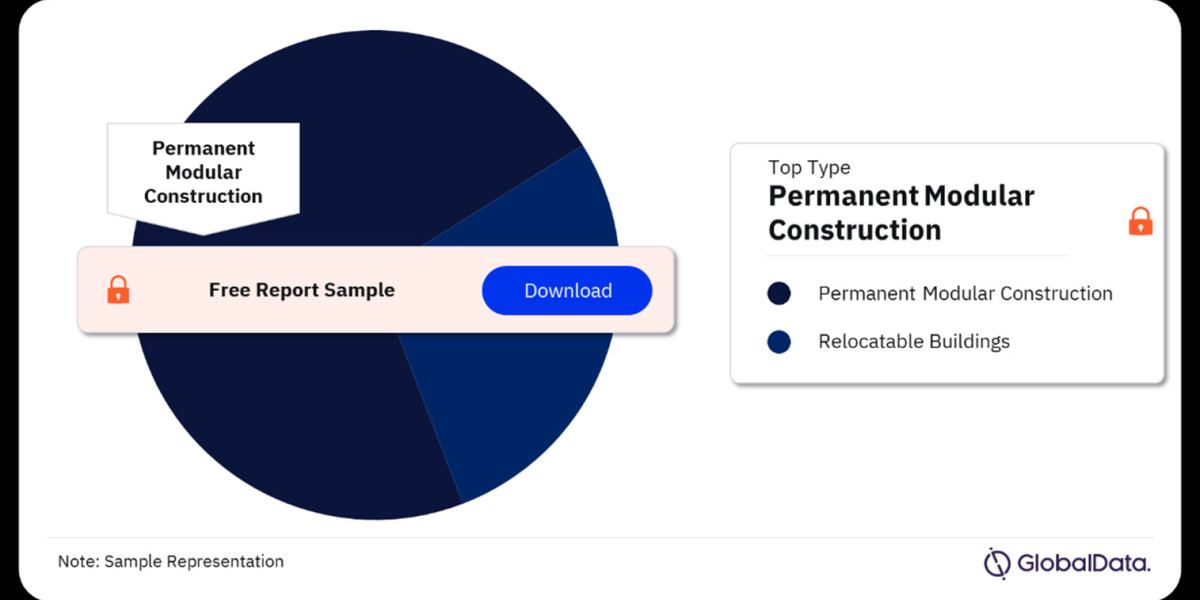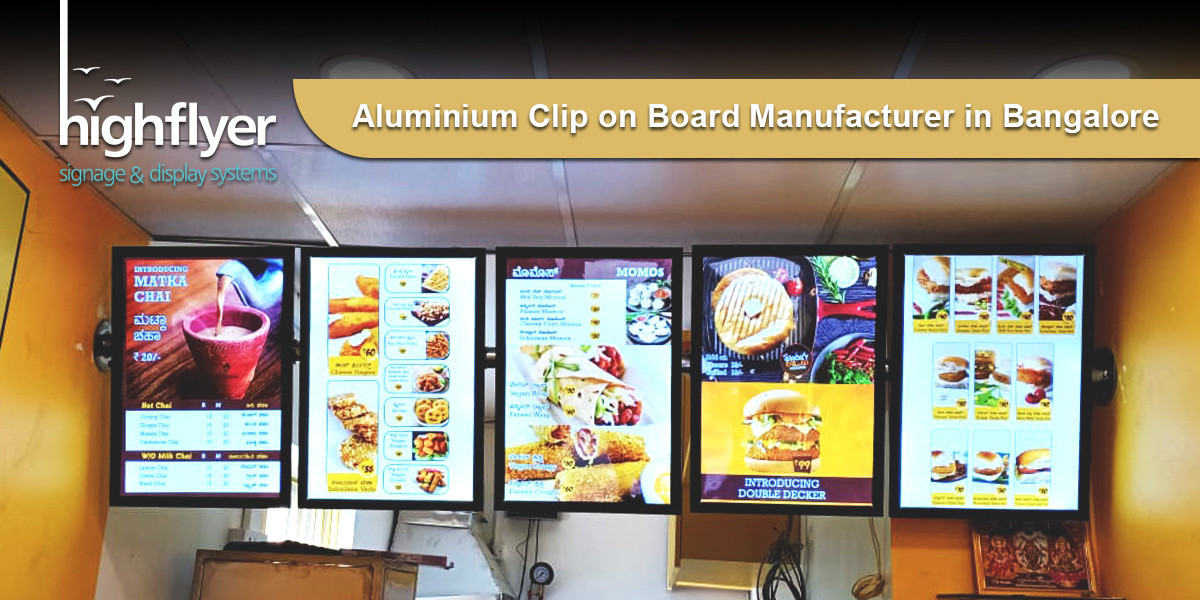This innovative technique involves prefabricating standardized building units in factories, then transporting and assembling them on-site. This article delves into the ever-expanding modular construction market, exploring its growth, applications, benefits, and the factors shaping its future.
Market Dynamics: A Booming Industry
The modular construction market is witnessing significant growth. According to MarketsandMarkets, the global market size is projected to reach a staggering USD 140.8 billion by 2029, reflecting a healthy Compound Annual Growth Rate (CAGR) of 6.2%. This surge is attributed to several key factors:
Demand for Speed and Efficiency: In today's fast-paced world, time is money. Modular construction offers significantly faster completion times compared to traditional methods. By manufacturing units off-site in controlled environments, construction timelines are streamlined, leading to earlier project completion and faster returns on investment.
Cost Optimization: Modular construction boasts the potential for cost savings. Streamlined factory production minimizes waste and labor costs associated with on-site construction. Additionally, improved quality control translates to fewer rework requirements and reduced overall project expenditure.
Sustainability Imperative: The construction industry is a major contributor to environmental concerns. Modular construction offers a more sustainable alternative. Factory-controlled environments allow for efficient use of materials, reduced construction waste, and improved energy efficiency in completed structures.
Urbanization and Infrastructure Needs: Rapid urbanization across the globe is driving the demand for quick and efficient construction solutions. Modular construction is particularly well-suited for addressing this need, enabling the speedy development of essential infrastructure like housing, healthcare facilities, and educational institutions.
Applications: Building a Diverse Future
The versatility of modular construction is another key driver of its growth. Here's a glimpse into the diverse applications of this innovative technique:
Residential Housing: Modular construction is increasingly being used to address the growing need for affordable housing solutions. Prefabricated units can be efficiently combined to create single-family homes, multi-unit dwellings, and student housing complexes.
Commercial Buildings: The speed and cost-effectiveness of modular construction make it ideal for various commercial applications. Offices, retail stores, hotels, and even restaurants can be constructed using prefabricated units, ensuring faster project completion and minimized disruption to ongoing business operations.
Healthcare Facilities: The need for rapid expansion of healthcare facilities is a global concern. Modular construction offers a solution, enabling the swift construction of hospitals, clinics, and specialized medical units.
Educational Institutions: The ever-growing student population necessitates the expansion of educational infrastructure. Modular buildings can be used to create classrooms, dormitories, and other educational facilities with significant time and cost savings.
Hospitality Industry: Modular construction offers a unique advantage in the hospitality industry. Prefabricated units can be used to create hotels, resorts, and temporary accommodations, catering to the growing demand for flexible and adaptable hospitality solutions.
These are just a few examples, and the potential applications of modular construction continue to expand.
Benefits: Building a Better Way
Modular construction offers a multitude of benefits for various stakeholders involved in the construction process:
Project Owners: Faster completion times, potential cost savings, improved quality control, and reduced environmental impact are some of the key benefits for project owners.
Architects and Engineers: Modular construction allows for greater design flexibility and efficient integration of building systems within the controlled factory environment.
Contractors: Streamlined processes, reduced labor costs on-site, and improved predictability of project timelines are significant advantages for contractors.
Workers: A safer work environment due to controlled factory settings and minimized on-site construction activities is a major benefit for construction workers.
The Environment: Reduced construction waste, improved material utilization, and the potential for energy-efficient prefabricated units make modular construction a more sustainable building approach.
Challenges and Considerations
Despite its numerous advantages, modular construction also faces some challenges:
Initial Investment: Setting up modular construction facilities can require a significant initial investment, which may deter smaller companies.
Transportation Constraints: The size and weight of prefabricated units can pose logistical challenges in terms of transportation, particularly for larger structures.
Regulations and Permits: Navigating building codes and obtaining permits for modular construction may require additional planning and expertise compared to traditional methods.
Public Perception: Modular construction is a relatively new concept, and some may have misconceptions about the quality and durability of prefabricated buildings.
These challenges can be addressed through ongoing innovation in transportation solutions, collaboration between stakeholders to streamline regulations, and effective communication to educate the public about the benefits of modular construction.
Buy the Full Report for Additional Insights on the Underground Mining Equipment Market Forecast, Download a Free Sample Report



